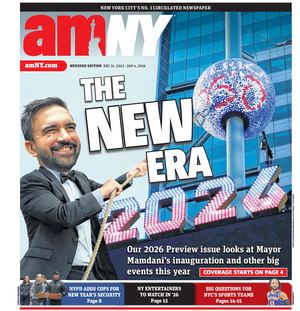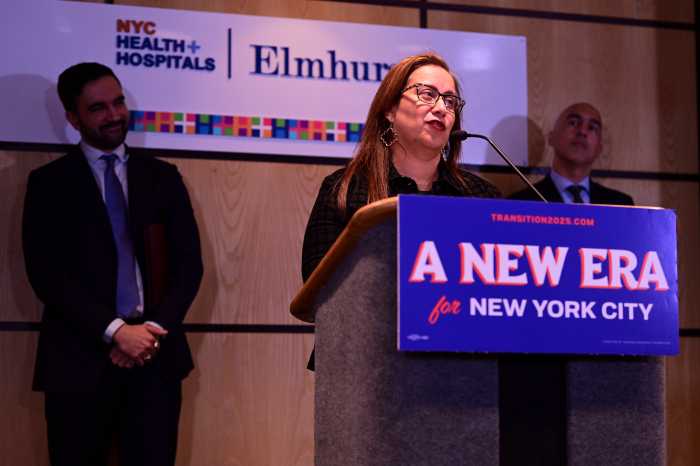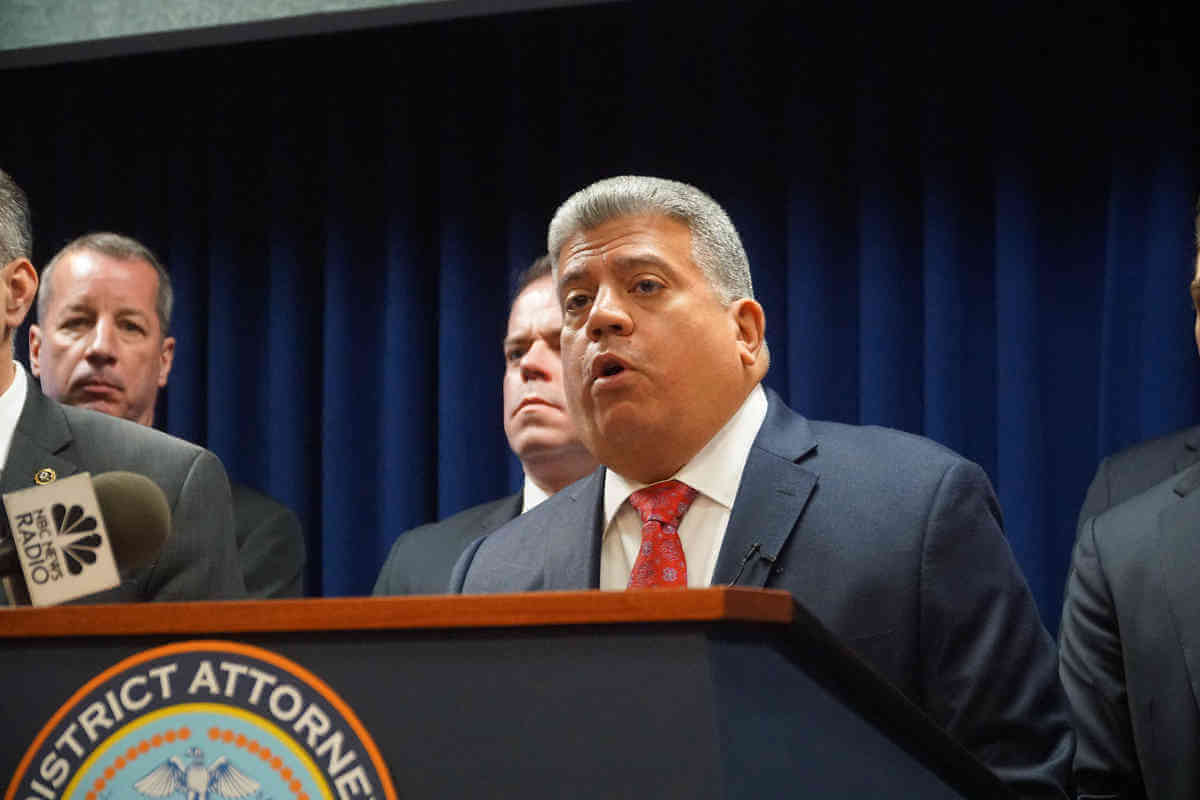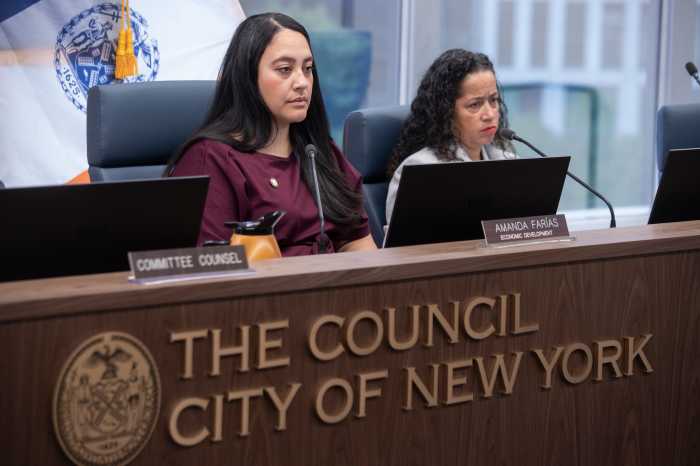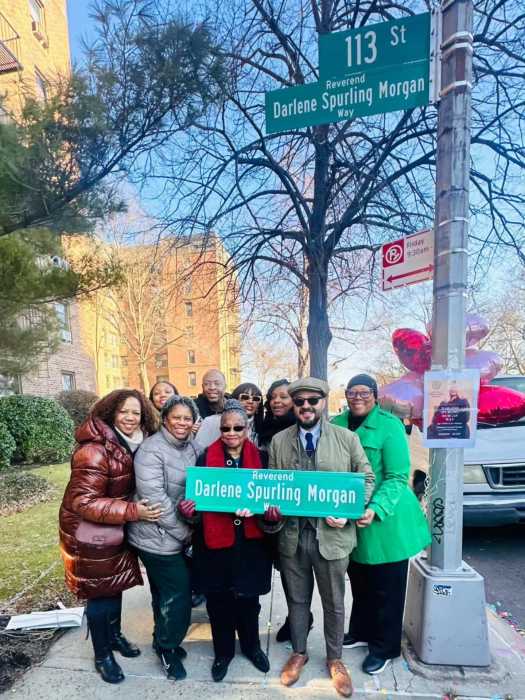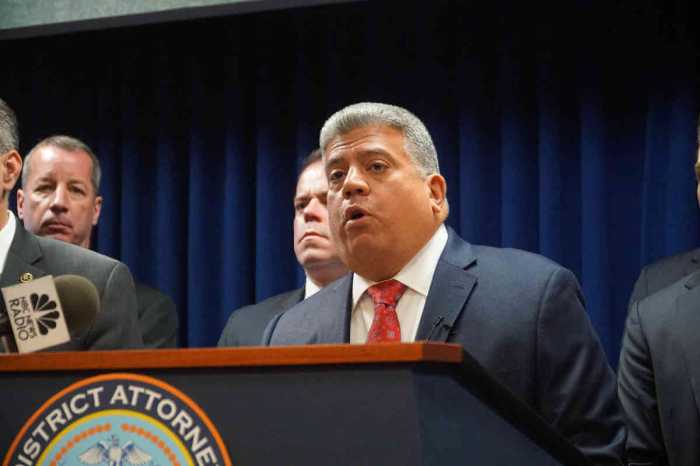The gap year has been popularized since the 1980s as a way for high school graduates to take a breather, explore the world, pursue a passion or do some good. But it got a big push into the spotlight thanks to Malia Obama.
The White House announced recently that the first daughter will hold off on attending Harvard University until 2017 — choosing to pursue a gap year upon finishing high school. (What that will be exactly has yet to be revealed).
Malia is not alone. Harvard famously encourages students to defer enrollment for a year, whether to travel or work, as long as they don’t attend a program at another college. According to the school, 80-110 students defer matriculation to the college each year.
Thanks to a variety of programs available, students don’t have to go at it alone, either. Here are organizations that cater to the gap-year student in areas of service, education and travel.
Service-oriented: AmeriCorps
This federal service program places more than 75,000 people a year in schools, public agencies and nonprofits nationwide. Organizations within the AmeriCorps network include City Year, which places tutors, who range in age from 18 to 24, in at-risk schools in 27 U.S. locations; FoodCorps, a year-long assignment in which members teach school children about gardening, farming and nutrition; and Public Allies, a 10-month program that places people in full-time apprenticeship positions at nonprofits and universities. After their service, participants in these three programs are eligible to receive an award of more than $5,700 that can be put toward future education at qualified institutions.
Education-oriented: BridgeEdU
Calling itself the “first year of college reinvented,” this two-year-old Maryland-based academic program includes core courses in math and writing, internships and service experiences, as well as counseling and academic support, that can add up to 20 or more transferrable college credits.
Networking-oriented: UnCollege
Launched in 2013, UnCollege’s nine-month, $16,000 gap-year program provides a select group of students with the opportunity to volunteer abroad in Brazil, Bali or Mexico; attend workshops and network in San Francisco; and intern at a company that matches their interests.
Travel-oriented: Global Citizen Year
This year-long program prepares students to live abroad, from language to cultural skills, where they’ll apprentice with a local organization in areas such as education, public health or agriculture. Placements are in Brazil, Ecuador, India or Senegal, and tuition is $500 to $32,500, based on financial need.
Travel is a popular gap year option, and other programs catering to “global citizenship” include Where There Be Dragons, Global Volunteers, Education First, Thinking Beyond Borders, United Planet and Amigos.
Gap year-friendly schools
These schools facilitate gap years for incoming freshmen.
Princeton University: A tuition-free bridge year program allows select incoming freshmen to spend nine months ofservice abroad in Bolivia, Brazil, China, India or Senegal.
Tufts University: The 1+4 Bridge Year Program places incoming freshmen abroad working for a community organization in Brazil, Nicaragua or Spain.
Dickinson College: Students who do a year of public service work, such as with Global Citizen Year, are eligible for a $10,000 scholarship.
University of North Carolina at Chapel Hill: The highly selective, nine-month Global Gap Year Fellowship places incoming freshmen in service work abroad with up to $7,500 in funding.
The New School: After partnering with Global Citizen Year from 2010-2015, the Eugene Lang College is launching its own immersion program for first-year students in fall 2016.
Elon University: The North Carolina institution’s gap semester program for freshmen provides leadership and service experiences in Costa Rica during the fall semester.
Florida State University: The school launched a gap year scholarship for incoming freshmen last year that provides up to $5,000 toward travel, volunteering or an internship.
